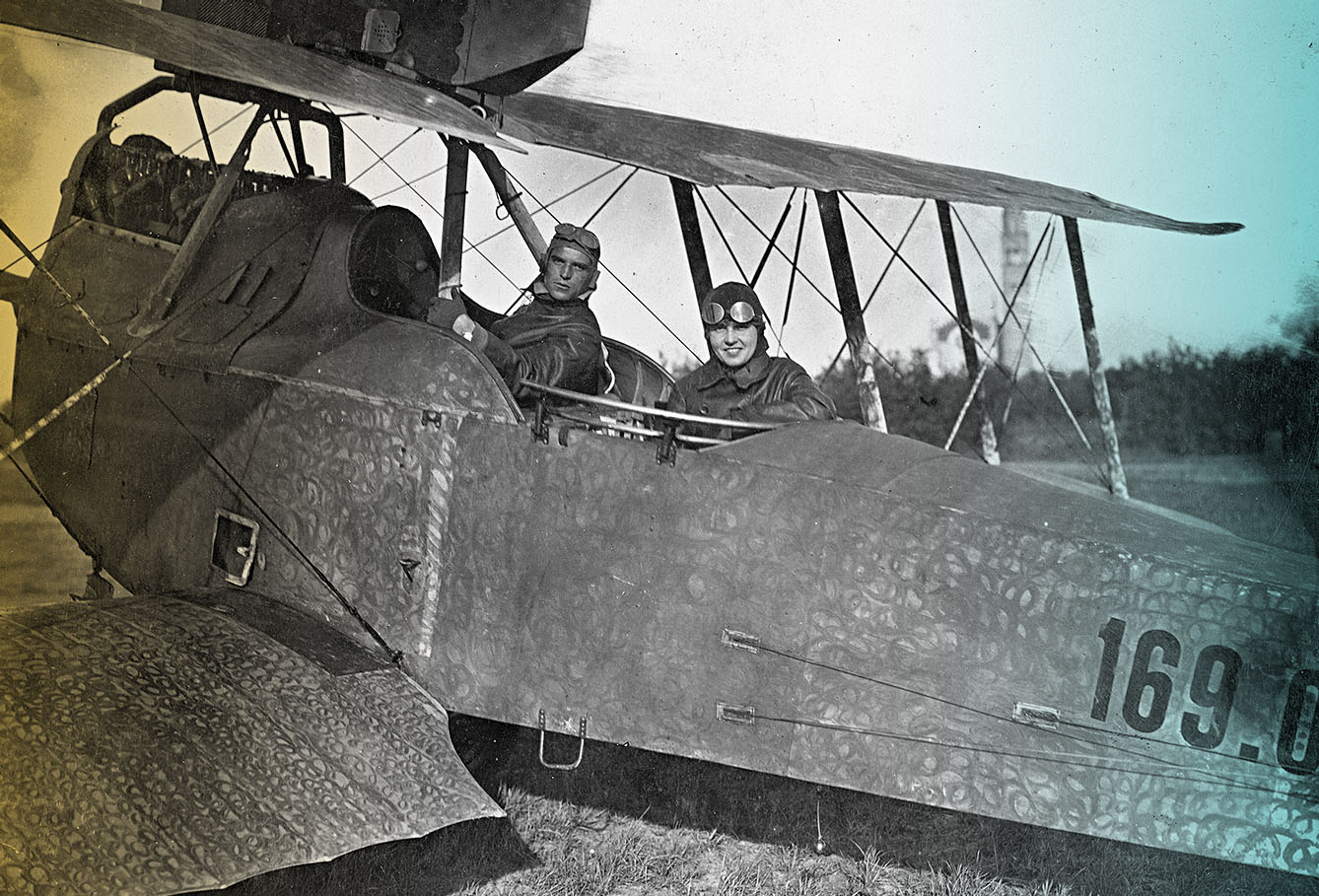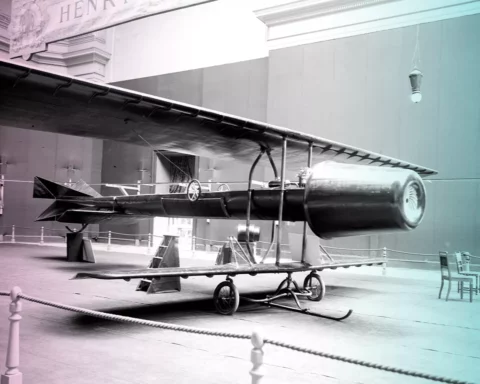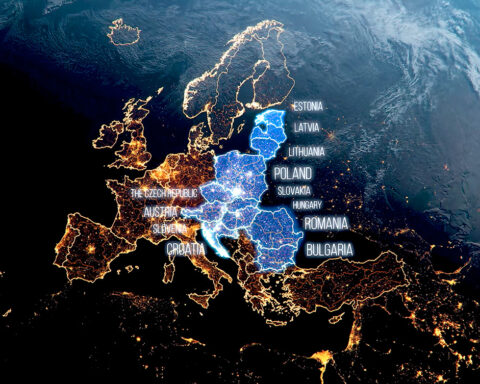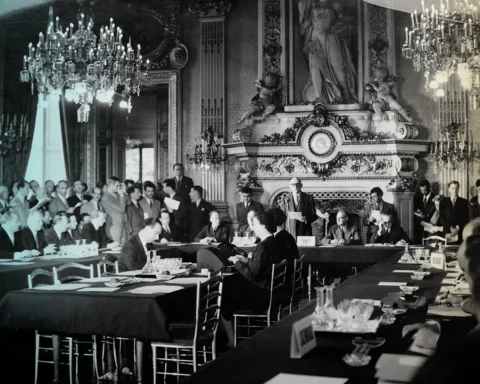The aviary world celebrates the anniversary of the first regular postal route on 15 May 1918. The route connected Washington D.C. with New York’s Long Island. But the truth is that multiple efforts around the world to deliver mail, goods, and people on a regular basis led to the first such route someplace entirely else – in Central Europe.
One of the largest countries of the time – the Austrian-Hungarian Empire – was so successful in air transport that it launched not one but two (and a half) such lines in 1918. “Appointed to such an interesting task for a pilot, I had no idea that I would be taking part in the magnificent and famous development of aviation in Austria. From the first utopian efforts of dreamers to creating something from nothing. After years of effort, planes could finally be used for the first time as peacetime means of transportation,” wrote Austrian pilot August von Raft-Marvil in his memoir.
Oldest air post route in the World
The period just before the First World War was a time of rapid developments in military aviation, with the Empire trying to catch up with the most current warfare techniques. But the side-effect was the first effort to move post around the remote cities of the Austro-Hungarian Empire, especially those currently in Poland, such as Krakow, Brzesko, or Przemyśl.
But the idea was to connect cities further apart, as long as from Vienna to Kyiv. The latter allowed it by opening the airfield called Post Wołyńsk, and the regular post route could start to operate. It would start at Vienna’s Aspern airfield in the morning and reach Krakow’s Rakowice airfield in about three hours. Another three hours and the post would have already landed in Lviv (now Ukraine), at Lewandówka airfield. The long route from there to Kyiv required a short stopover in the city of Płoskirów (now Chmelnickyj).
Planes were small, with a fleet mostly comprised of Brandenburg C.I planes, which could take a few hundred kilograms of cargo. Letters would arrive from one end of the route to the other in some 13 hours, which was at least four hours shorter than in of post traveling by rail.
Dozens of planes served their function from 1 April 1918, and in early July, another Central European regular airmail route appeared – from Vienna to Budapest. The regular service ended with the end of the Austria-Hungarian Empire in November.
Safety first… NOT!
But as it turns out, the transportation service was sometimes “extended” to people. Such is the account of a Swiss citizen trying to get to Kyiv and hoping to be the first guest to catch a ride on one of these flights. He managed to become a passenger on 12 May. Still, He was disappointed to learn that there had already been at least three non-aviator passengers, including two German journalists who had done so before him.
There was, however, a very valid reason to refrain from taking passengers without piloting skills. The open, double-winged, 8-meter long Brandenburg C.I was a very early model with hardly any safety or navigational devices. The pilot could usually rely on a compass, but at least one “postman” account tells a story of a compass needle going crazy in the middle of a dense cloud.
There was also no reliable altimeter, so when pilots would leave the clouds, they could be only meters above the ground. Should you want to fly on the wind itself, you could turn the engine off and glide, but chances were there would be a problem in getting it running again. And the closest you could get to knowing how much fuel was left in your tank was by calculating the running time with your watch. So the best navigational device was a railroad track, which you could follow for as long as you could see it.
The remaining souvenir from the route is the Polish Aviation Museum in the former Kraków-Rakowice airport. Lviv Lewandówka is currently a residential housing area, and only the name remains after Post Wołyńsk, a postal airfield in Kyiv. But the history of regular post and passenger airlines had only just begun, and by the second World War, stamps marked “airmail” were abundant across Europe.







